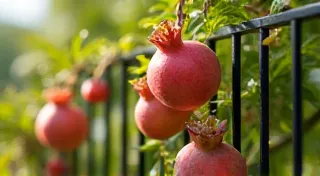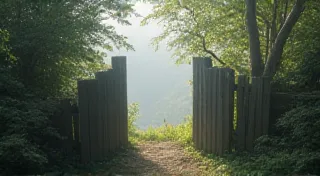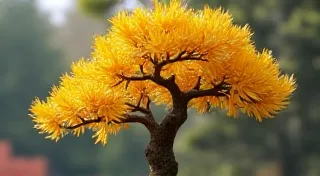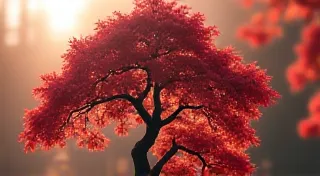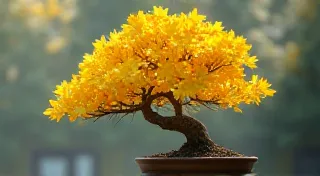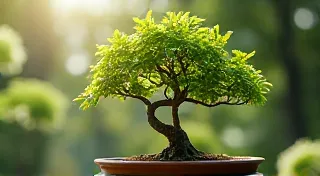Pine Bonsai: Understanding Needles and Branch Structure
Pine bonsai are a perennial favorite amongst bonsai enthusiasts. Their upright growth habit, distinctive needles, and the potential for creating dramatic, aged appearances make them incredibly rewarding to cultivate. However, understanding the unique physiology of pine trees is crucial for successful bonsai care and styling. This guide dives into the specific characteristics of pine trees as they relate to bonsai creation.
The Unique Nature of Pine Needles
Unlike deciduous trees that shed their leaves seasonally, pines are evergreens, retaining their needles year-round. However, the needles themselves present some important considerations for bonsai artists. Most pine species have bundles of needles, typically 2-5 per bundle, arising from the same sheath. This 'fascicle' arrangement is a key identifier for species identification and influences pruning techniques. Needles typically last 2-4 years before falling, leaving distinctive needle scars. These scars, when allowed to age naturally, contribute significantly to the mature bonsai aesthetic.

Branch Structure and Growth Patterns
Pine trees typically exhibit a strong apical dominance, meaning the central leader (topmost branch) actively suppresses the growth of lower branches. This natural tendency can be a challenge when creating balanced bonsai shapes. To overcome this, careful pruning and wiring are essential. You’ll want to encourage back budding (growth from older branches) and weaken the influence of the apical dominance. The way branches emerge is also important. Branch angles typically become wider as you descend the trunk, a characteristic that should be emulated in bonsai styling. Branches should also taper appropriately, with smaller branches arising from larger ones.
Pruning for Pine Bonsai
Pruning pine bonsai differs slightly from pruning other tree species. Due to the evergreen nature of pines, "hard pruning" (drastic reduction of branch size) is generally avoided. Instead, focus on selective pruning to shape the tree, reduce branch length, and encourage ramification (finer branching). Pinching back new growth in spring and summer is a vital technique to control size and promote dense foliage. Bud selection, choosing which buds to allow to grow and which to remove, is also crucial for directing the tree’s form.
Wiring Techniques for Pine Bonsai
Wiring is an indispensable tool for shaping pine bonsai. It allows you to bend and reposition branches to create the desired aesthetic. However, pine bark is relatively thick and resistant to bending, so careful wire selection and application are necessary. Use anodized aluminum or copper wire, selecting the gauge appropriate for the branch thickness. Protect the bark with raffia or tape to prevent damage. Regularly check the wires to ensure they aren't biting into the bark, as this can cause unsightly scarring. Wiring is often done in conjunction with pruning – strategically wiring branches after pruning can help maintain the new shape.

Common Pine Species for Bonsai
Several pine species are particularly well-suited for bonsai cultivation. Some popular choices include:
- Japanese Black Pine (Pinus thunbergii): Known for its vigorous growth and ability to back-bud readily.
- Japanese White Pine (Pinus parviflora): Characterized by its graceful appearance and shorter needles.
- Red Pine (Pinus resinosa): A hardy species with good branching characteristics.
Maintaining Pine Bonsai Health
Like all bonsai, pine bonsai require attention to watering, fertilizing, and repotting. Ensure proper drainage in your pot to prevent root rot. Fertilize regularly during the growing season, using a balanced fertilizer. Repot every 1-3 years, depending on the species and growth rate. Inspect your tree regularly for signs of pests or diseases and address any problems promptly. Providing adequate sunlight is also essential for healthy growth and vibrant needle color.

